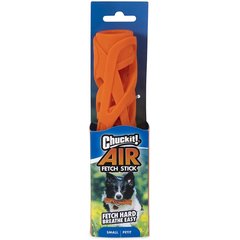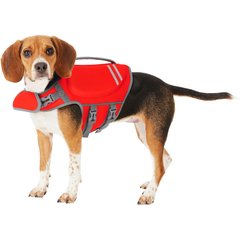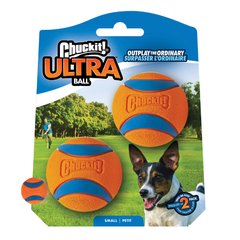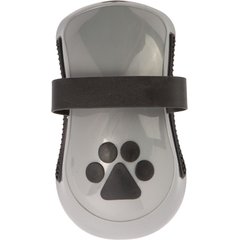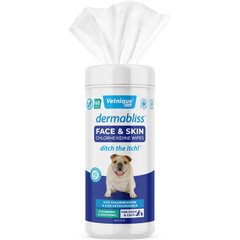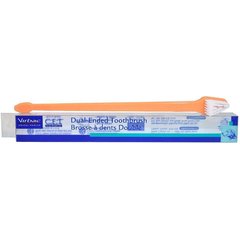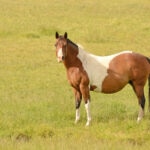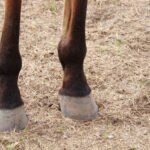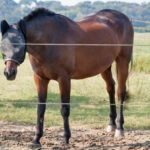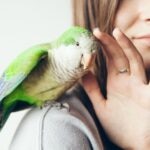Boston Terrier vs. French Bulldog: How To Choose Between These Popular Pups
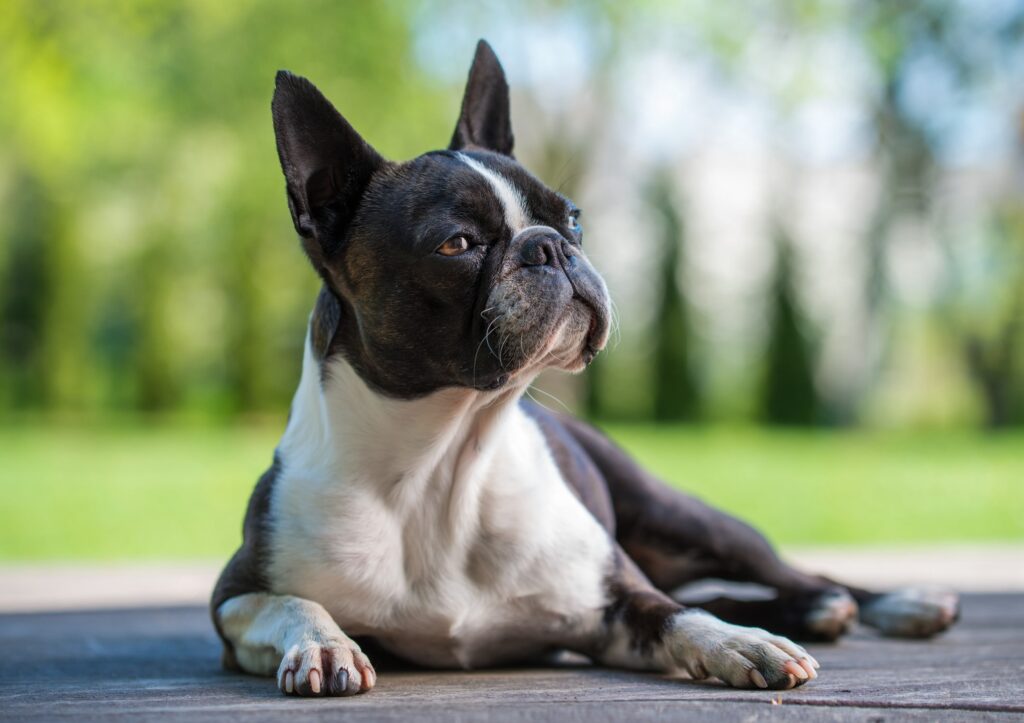
Photo by Wojciech Kozielczyk/iStock / Getty Images Plus via Getty Images
With their sturdy build, upright ears, and flat faces, it can be hard to distinguish a Boston Terrier versus a French Bulldog at a quick glance.
But no two breeds are created equal, and there are notable differences between these two cute dogs. Here’s how to tell them apart, how their personalities differ, and how to pick which pup is right for your family.
History
As you might guess from their name, the Boston Terrier’s birthplace is Boston. The breed was developed by crossing an English Bulldog with the (now-extinct) English White Terrier. According to the Boston Terrier Club of America (BTCA), all Bostons can be traced back to one dog: a stocky pup named Judge.
The dogs were first called Round Heads, but the name changed to the more dignified Boston Terrier in 1891, when the breed club formed. The American Kennel Club (AKC) recognized the breed two years later.
The French Bulldog’s history is not quite as straightforward—this compact breed has roots in England, France, and the U.S. But like Bostons, French Bulldogs are descended from Bulldogs.
It all started when French breeders began strategically breeding Bulldogs to be smaller. According to the French Bull Dog Club of America (FBDCA), when French immigrants came to the U.S. during the Industrial Revolution, they brought these pint-sized Bulldogs with them.
American breeders continued developing the breed, giving them a few finishing touches (including those big, batlike ears). This new type of Bulldog became a common companion, and the AKC recognized French Bulldogs in 1898.
Today, the French Bulldog is the most popular dog breed in the U.S.
Appearance
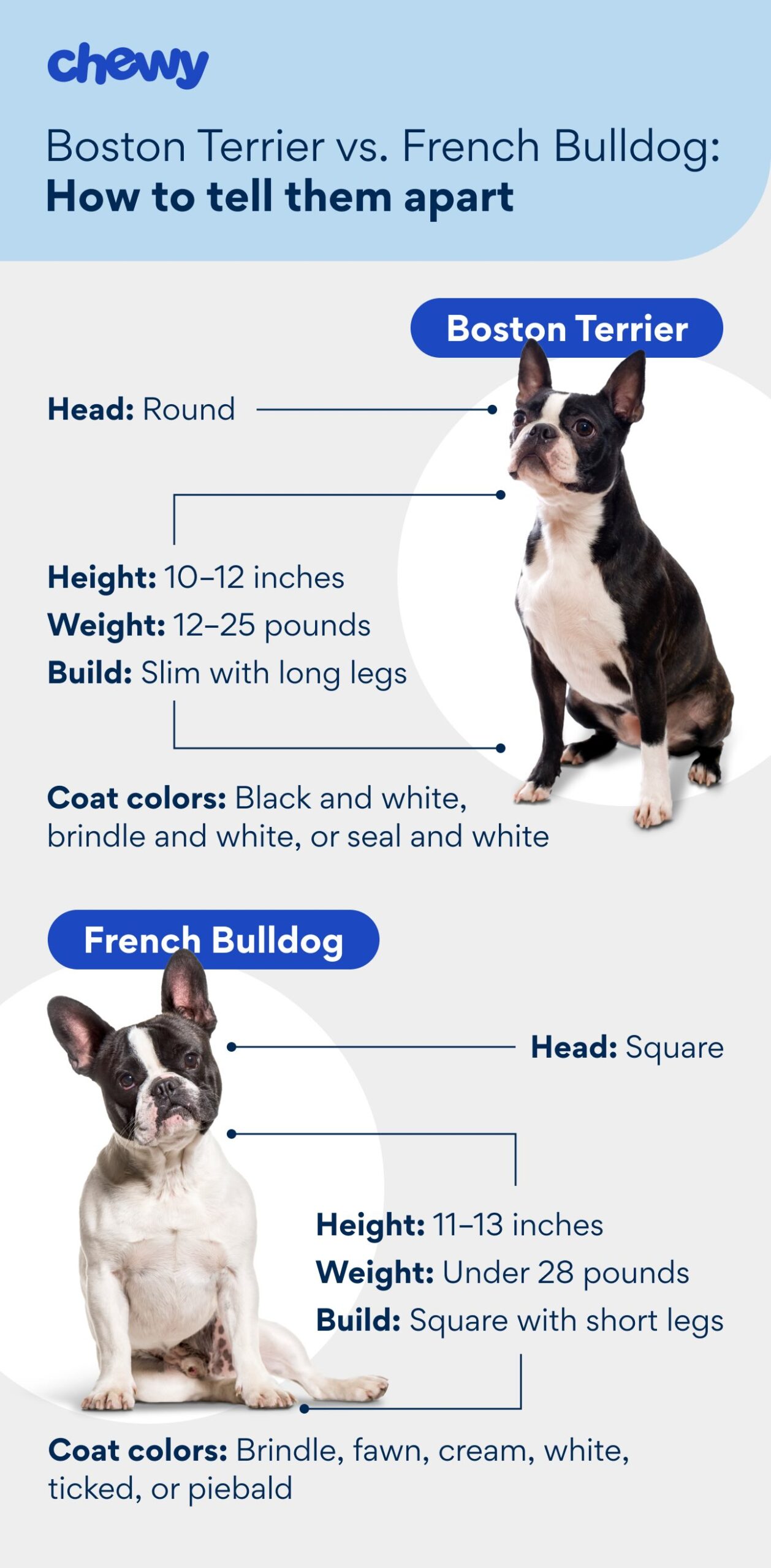
The Boston Terrier and French Bulldog share some similar features, like their short coat, flat face, always-at-attention ears, and stocky build. But there are significant differences between the dogs, too.
Size and Build
Frenchies have a robust, stocky build, not unlike their English Bulldog ancestors. Standing about 11–13 inches tall and weighing under 28 pounds, French Bulldogs have short legs, a short back, and a short neck with a deep chest. Simply put, Frenchies have a square appearance.
Boston Terriers are slimmer than French Bulldogs, often weighing 12–25 pounds. Though they have a similar height (10–12 inches), a Boston’s legs are longer and their torso is slimmer.
Ears
Both Boston Terriers and French Bulldogs have upright, perky ears. But if you take out your magnifying glass, you’ll see their ears have a telltale difference.
A Boston’s ears come to a little point, while Frenchie ears are rounded at the top. Proportionally, a French Bulldog’s ears are also larger than a Boston Terrier’s.
Head Shape
When comparing the flat face of a Boston Terrier versus a French Bulldog, you’ll find that a Frenchie is wrinkly around the nose and has a square-shaped head. Boston Terrier heads are rounder (remember that they were originally called “Round Heads”) with fewer skin folds.
Coat Color
You may hear the Boston Terrier referred to as “the American Gentleman,” a nickname given to them because of their coat pattern. While their fur can be black, brindle, or seal (black with a reddish-brown sheen), Bostons always have white markings that make them look like they’re wearing a little tuxedo.
French Bulldogs are often brindle, cream, fawn, or white. They can have white markings, but these aren’t as uniform as a Boston’s white tuxedo pattern. Other potential coat patterns for Frenchies include black markings, a black mask around the eyes, and a ticked (speckled) or piebald (large patches of color on white) coat.
Personality
Boston Terriers and French Bulldogs are affectionate and people-oriented, making both breeds excellent family dogs. Laurie Cowhig, a member of the BTCA board of directors, says that Boston Terriers “love kids and usually get along great with other animals.”
Frenchies are just as easygoing and affectionate, says FBDCA president Patricia Sosa. But like every dog breed, French Bulldogs (and Boston Terriers, too) need consistent socialization to be their best selves. “Socializing with both children and pets will make any adjustment easier,” Sosa says.
Training is also an important part of instilling good manners in your dog. Bostons and Frenchies are both smart dogs, but they can each have an independent streak. Keep training sessions short, fun, and positive.
Both breeds are known for being great apartment dogs, so you’re likely to see them strolling down the streets of just about any major city.
Exercise Needs
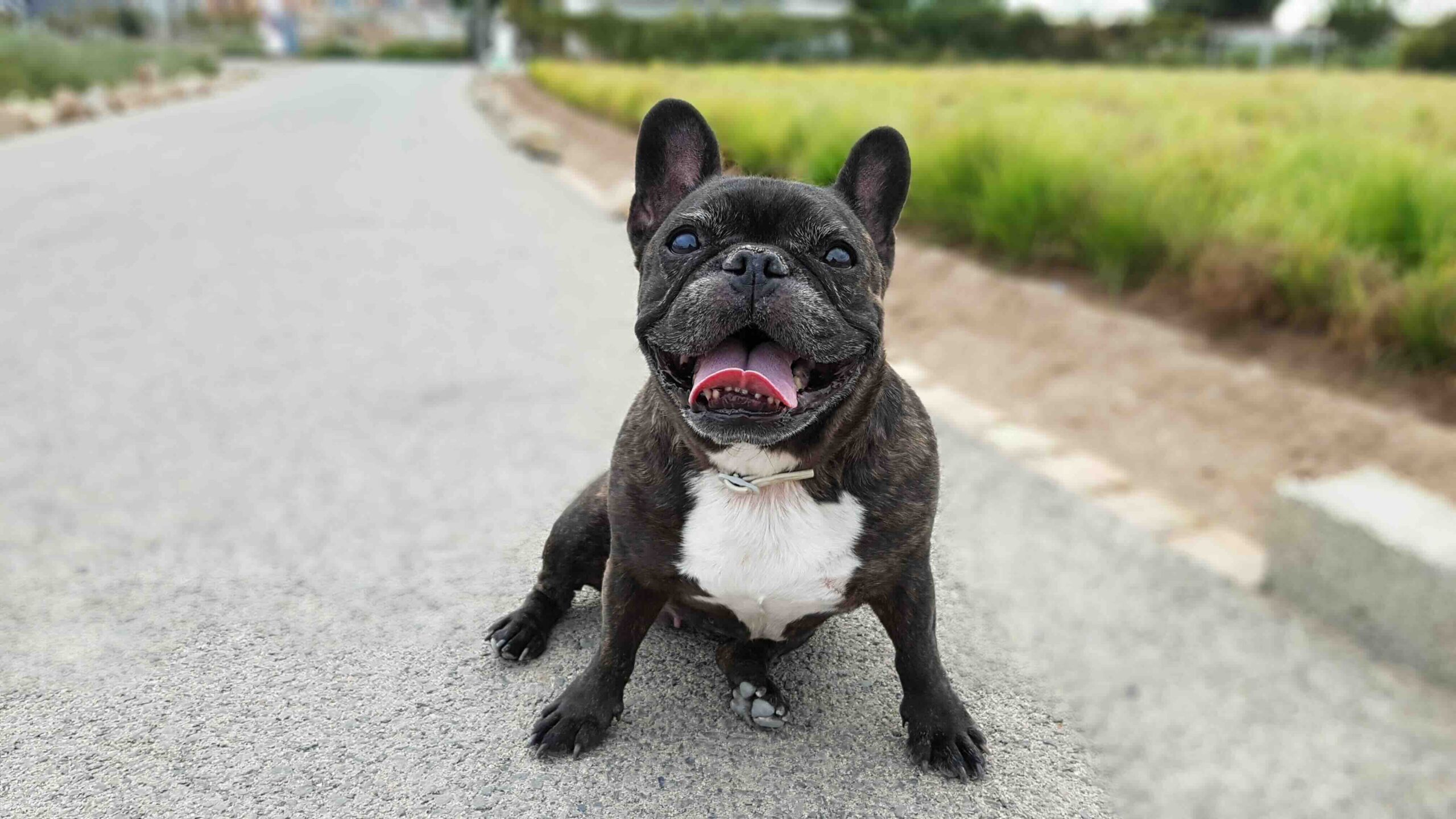
Photo by EyeEm Mobile GmbH/iStock / Getty Images Plus via Getty Images
Neither the Boston Terrier nor the French Bulldog is known for being a gold-medal athlete. In fact, both breeds have a reputation for being a bit lazy. (Though, Bostons are typically a bit more energetic and active than Frenchies, and Cowhig says they can do well in dog sports like agility).
But this doesn’t mean they don’t need any exercise. Both breeds need a couple of walks or active play sessions (like games of fetch!) every day to prevent obesity.
Boston Terriers may also enjoy going for a dip in the pool or in a lake, but Sosa says French Bulldogs tend to sink instead of swim. Don’t let your Frenchie in the water unsupervised. Fitting them in a doggy life jacket is a smart choice, too.
When your dog is exercising, be vigilant. The dogs’ flat faces mean they’re at risk of brachycephalic airway syndrome, a condition flat-faced dogs have that leads to breathing problems. This means Boston Terriers and French Bulldogs can have trouble getting enough air when exercising (or even when they’re just walking around at home). They can also overheat easily.
Keep your pup indoors when it’s hot or humid outside, and make sure they always have access to AC and cold water.
Recommended Products
Grooming
Both breeds have a short coat that isn’t at risk of unsightly tangles or matting. Quickly brushing your dog with a curry comb once a week to remove loose hair, with an occasional bath thrown in, is all Boston Terriers and French Bulldogs need for coat care.
Though their coats are relatively easy to care for, Bostons and Frenchies both need other grooming upkeep:
- Wipe down their wrinkles and folds regularly to keep them clean and prevent skin infections.
- Brush your dog’s teeth every day to help prevent dental disease.
- Be vigilant for ear infections and ask your vet if you need to clean your dog’s ears.
- Trim your dog’s nails when you hear them clicking on the floor.
Recommended Products
Health
While their flat faces are adorable, brachycephalic airway syndrome and overheating are two of the biggest health considerations for both Bostons and Frenchies. Pay attention to your pup’s breathing, especially when exercising or in extreme temperatures. Some severe cases may need surgery to help your dog breathe a little easier.
Keeping your dog at a healthy weight is always important, but especially for these two breeds. Carrying extra weight can make their breathing troubles even worse.
Brachycephalic airway syndrome isn’t the only health concern French Bulldogs and Boston Terriers share. They are also susceptible to:
French Bulldogs are infamous for many other health issues as well. Investing in pet insurance may be a good choice if you’re looking to bring home one of these breeds.
Boston Terrier vs. French Bulldog: Which Is the Breed for You?
It’s easy to see why Boston Terriers and French Bulldogs are such popular pets. These dogs are affectionate, adaptable, and don’t have around-the-clock energy. They also tend to get along with other dogs, cats, and kids, especially when they’re properly trained and socialized.
Boston Terriers are usually more active than Frenchies, and they’ll happily join you for a brisk walk, play a backyard fetch session, or run through an agility course. French Bulldogs are more likely to want to lie on the couch with you all day, but it’s important that they get their exercise, too.
As long as you pay attention to your pup’s breathing, keep them at a healthy weight, and give them lots of love, French Bulldogs and Boston Terriers both make go-to companions.
Attributions
This content was medically reviewed by Tara Hansen, DVM, Chewy veterinarian.
